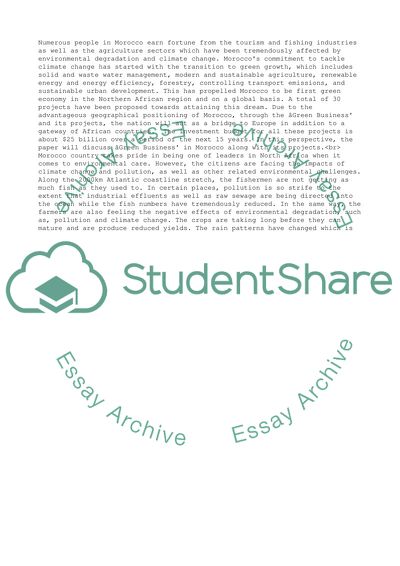Cite this document
(Not Found (#404) - StudentShare, n.d.)
Not Found (#404) - StudentShare. https://studentshare.org/business/1850595-green-business-term-paper
Not Found (#404) - StudentShare. https://studentshare.org/business/1850595-green-business-term-paper
(Not Found (#404) - StudentShare)
Not Found (#404) - StudentShare. https://studentshare.org/business/1850595-green-business-term-paper.
Not Found (#404) - StudentShare. https://studentshare.org/business/1850595-green-business-term-paper.
“Not Found (#404) - StudentShare”. https://studentshare.org/business/1850595-green-business-term-paper.


